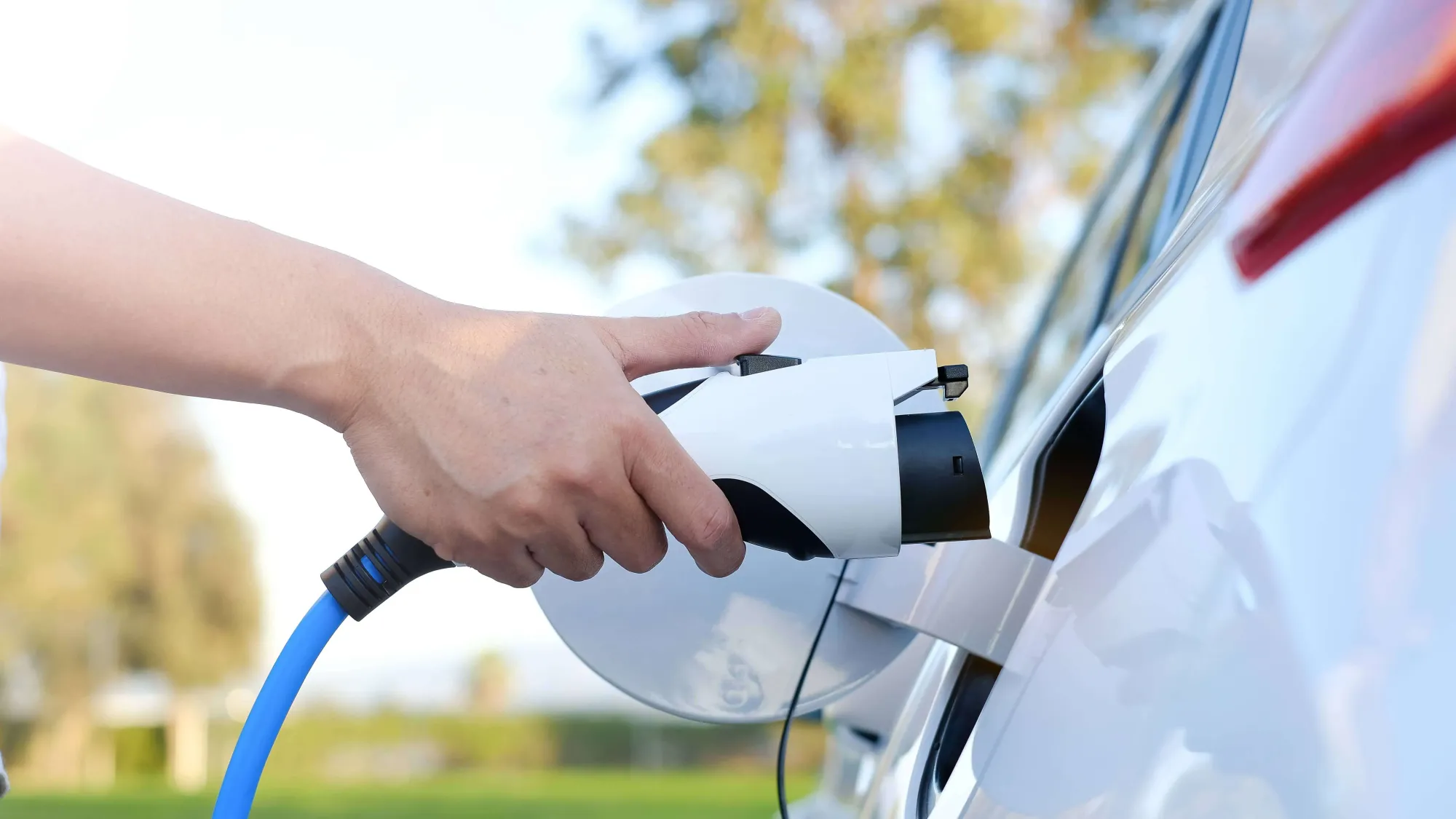Despite criticism from manufacturers, and if nothing changes, the European Union will stop manufacturing internal combustion vehicles (petrol and diesel) in 2035.
Although it will still be possible to drive them, Europe is clearly committed to electric vehicles as part of its commitment to climate change.
In this context, it was therefore necessary to explain what the electric conversion kit is, whether it really works and whether it can be approved.
What is the retrofit car kit?
The electric conversion kit, also known as a retrofit kit, is a set of components that allow an internal combustion vehicle to be converted into a hybrid or electric vehicle.
The hybrid kit, designed by an Australian student, uses REVR (Rapid Electric Vehicle Retrofit) technology: a compact axial flow motor that is placed on one of the rear wheels of the vehicle.
In this case, according to the creator, the conversion is very simple, low cost and could be done in a matter of hours.
Another 100% electric alternative is the electric conversion kit which, although more expensive and complex to install, would make the vehicle no longer dependent on petrol or diesel to run.
Although there is no standardised way of carrying out the conversion, it is recommended that the vehicle be more than 5 years old.
The components of the kit are:
- Conversion kit
- Transmission-motor coupling plate
- Electronic connection wiring
- Laminate
- Hardware
- Insulators
- Brackets
- Terminals
- Screws
- Battery pack (lithium-ion)
- Harnesses
- Electrical power wiring
How much does the kit to convert my car to electric cost?
Converting a combustion car to electric is not cheap.
Depending on the car model, the costs could reach up to 20,000€, which is still cheaper than buying an electric model.
Everything seems to indicate that, even with the European automotive sector against it, Brussels will not back down on this decision.
Retrofitting would be a good alternative to consider (and cheaper than buying a new car) if you need a new vehicle after 2035.
Advantages of using a conversion kit
More and more cities are joining the movement to restrict the entry of the most polluting vehicles into Low Emission Zones (LEZs).
The advantages of converting your car to electric are:
- It is cheaper than buying a new electric vehicle.
- The maintenance costs are lower than for a traditional vehicle.
- They have simpler engines, so they break down less.
- Energy consumption is cheaper, as the engine is much more efficient.
- Drive freely in LEZ cities (and avoid fines).
- It is more environmentally friendly: you can extend the life of your vehicle and stop emitting CO2.
Although there has been some debate recently about the safety of batteries in electric cars, there are no studies confirming that they are unsafe.
It should be noted that in the EU, the product approval process ensures that safety, health and environmental protection standards are met.
Can the conversion kit be used on any car?
The categories of vehicles suitable for conversion are:
- Category L vehicles: those with fewer than four wheels.
- Category N vehicles: trucks and vans intended for the transport of goods.
- Category M vehicles: four-wheeled vehicles intended for the transport of people.
The excluded category would be T, which would be vehicles intended for agricultural activities.
However, to really know if your car is suitable for conversion, we recommend consulting a specialised workshop, where they will carry out a preliminary assessment to find out if it is feasible or not, or if it is worthwhile.
What range will the converted electric car have?
The range of an electric car will depend on the model of vehicle and the capacity of the battery.
Factors such as the use of air conditioning, driving in the city or on the motorway, and efficient driving all influence the range.
In general, the range of an electric vehicle can be between 200 and 600 km.
Is it legal to use a retrofit kit in Europe?
The type approval of electric vehicles in the European Union is governed by Regulation (EU) 2018/858, which establishes the requirements for the approval and market surveillance of motor vehicles. This regulation covers aspects of safety, emissions and energy efficiency.
Although European Union countries must comply with EU standards, they may have specific guidelines.
Vehicles that have undergone an electric conversion or have been imported from a non-EU country must undergo an individual approval process.
However, if the electric vehicle already has the European Certificate of Conformity, the registration process in Europe will be much simpler.
Helpful Resources:
Regulation (EU) 2018/858 of the European Parliament and of the Council on type-approval
